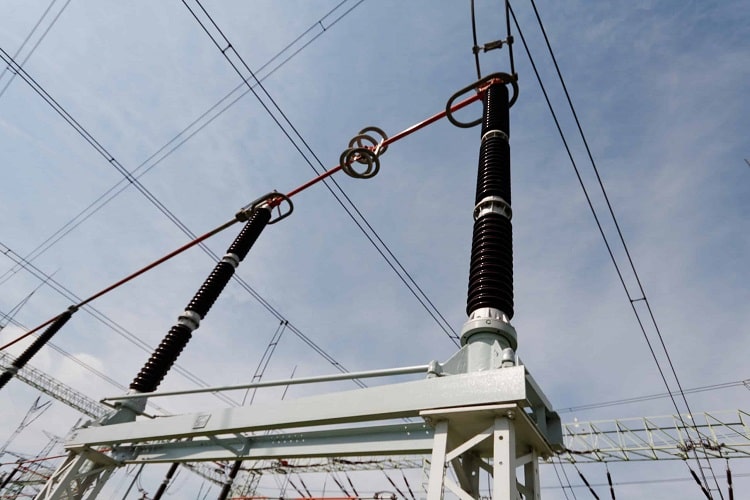
A high voltage air break disconnector switch is a mechanical switching device that energizes and de-energizes parts of an electrical circuit. Earthing switch is a mechanical switching device that earths parts of an electrical circuit.
High voltage disconnecting switches are primarily used to visualize whether a connection is open or closed.
Therefore, a high voltage air break disconnector switch cannot be opened when it is conducting a current and when a recovery voltage builds up across the contacts after opening.
A high voltage air break disconnector switch can interrupt a small current when, after opening, a negligible voltage appears over the contacts.
Earthing switch is predominantly used to make parts of the circuit including equipment safe to access by bringing them to earth potential. Earthing switch may be associated with a high voltage air break disconnector switch or be independent of a disconnecting switch.
Introduction about high voltage air break disconnector switches in substations:
The main air-break disconnecting switches in use are the vertical break, center side break, double side break, knee, and pantograph types. The type used by individual utilities is generally based on standard substation layout practices.
We have talked a lot about air break discounters on the Switchgear Content website, which you can access in this category.
High voltage air break vertical Break disconnector switches:
Vertical break disconnector switches are usually horizontally mounted as shown in Fig. 1 but can also be vertically mounted up to 245 kV and even underhung at system voltages below 52 kV.
Referring to Fig. 1, the live parts, hinge-end, and jaw assemblies, and the blade, are supported by post-type insulators at each end. Operation, manual or motor, is by means of the smaller rotating insulator to the left in the figure. The current transfer takes place at both ends of the blade.
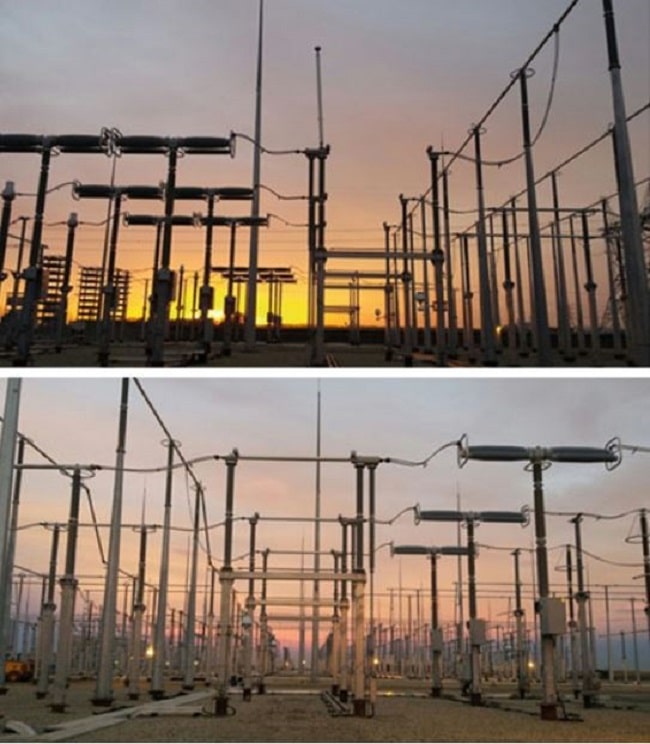
Figure1: High voltage vertical break disconnector switch( made by Hapam B.V company)
A typical jaw assembly is shown in Fig. 2 and comprises the fixed inverse loop main contacts and arcing horn. On opening, the first motion is the rotation of the blade commutating the current, i.e., the small capacitive current or bus-transfer current, to the arcing horn. The arc is then drawn between the fixed arcing horn and the corresponding moving arcing horn on the blade end.
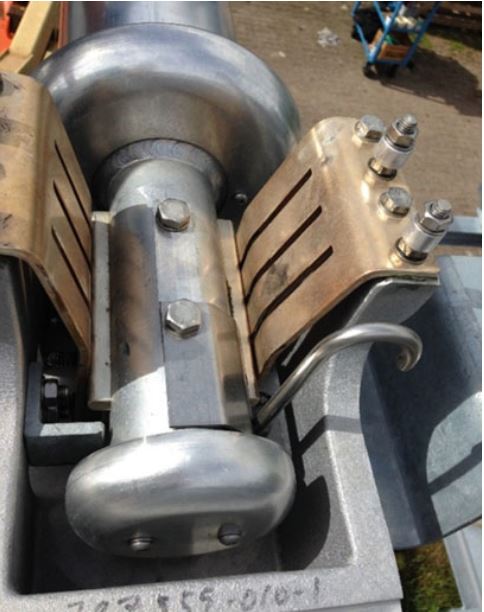
Figure 2: High voltage vertical disconnector switch jaw assembly (Hapam B.V company)
High voltage air break center break disconnector switches:
The center side break disconnector switch, as shown in Fig. 3, provides a low profile in both the open and closed positions. The side opening feature requires a wider phase spacing as compared to disconnecting switches which open in a longitudinal plane. The insulators serve a dual role in providing support and also rotation to open or close the disconnecting switch.
For more information about the high voltage center beak disconnecting switch please see this movie.
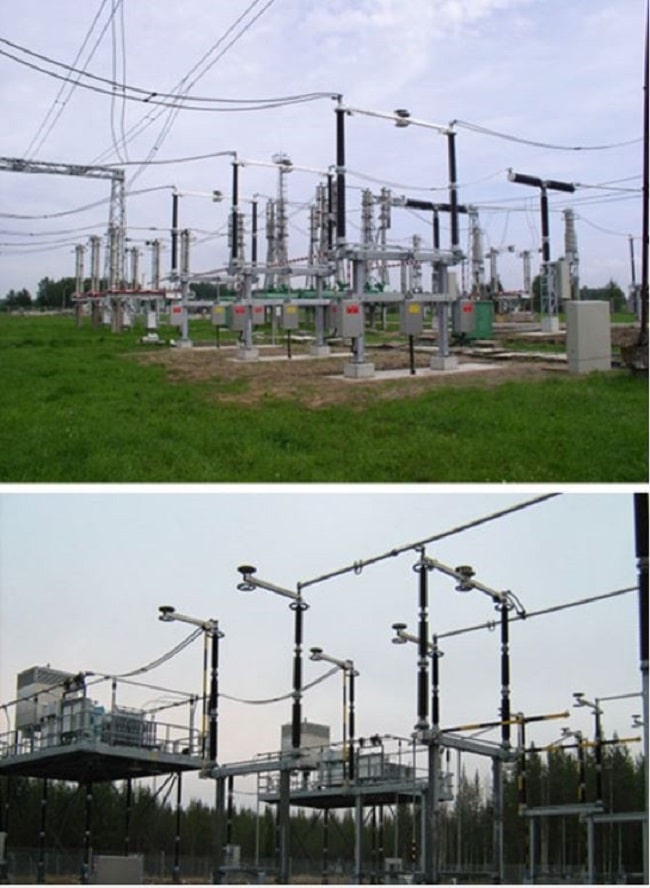
Figure 3: High voltage center break disconnecting switch (made by Hapapm B.V company)
High voltage air break double break disconnector switches:
The double side break disconnector switch is a variation of the center break type with a lesser impact on phase spacing. The disconnecting switch, as shown in Fig. 4, opens through an angle of less than 90 as compared to the center type
which opens through 90. The end insulators support the two jaw assemblies, and the
center insulator supports the blade and provides rotation to open and close the
disconnecting switch.
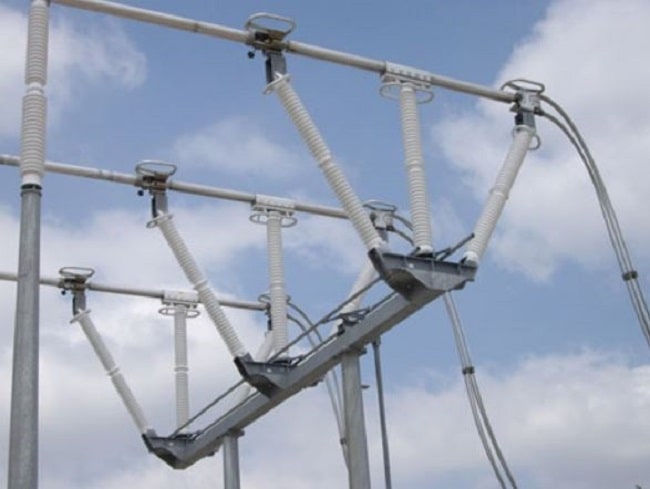
Figure 4: High voltage double break disconnecting switch( made by GE Grid Solution company)
High voltage air break knee-type disconnector switches:
The knee-type disconnector switch sometimes referred to as a horizontal reach type, is shown in Fig. 5 operation is similar to that of the high voltage vertical break disconnector switch except that the blade motion is in a horizontal direction due to the articulated blade. This high voltage disconnector switch type is favored where clearances above the device are restricted.
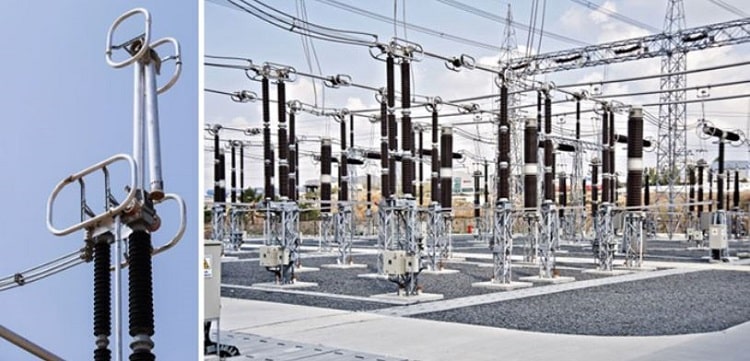
Figure 5: High voltage knee-type disconnecting switch
High voltage air break pantograph-type disconnector switches:
Of all disconnecting switch types, the pantograph type requires the least land area for installation. As shown in Fig. 6, the equivalent blade is a scissors-type arrangement, and the equivalent jaw is a stirrup-type fixture attached to the overhead. Apart from the layout advantage noted above, the disconnecting switch offers the possibility of providing the transition between low and high bus arrangements.
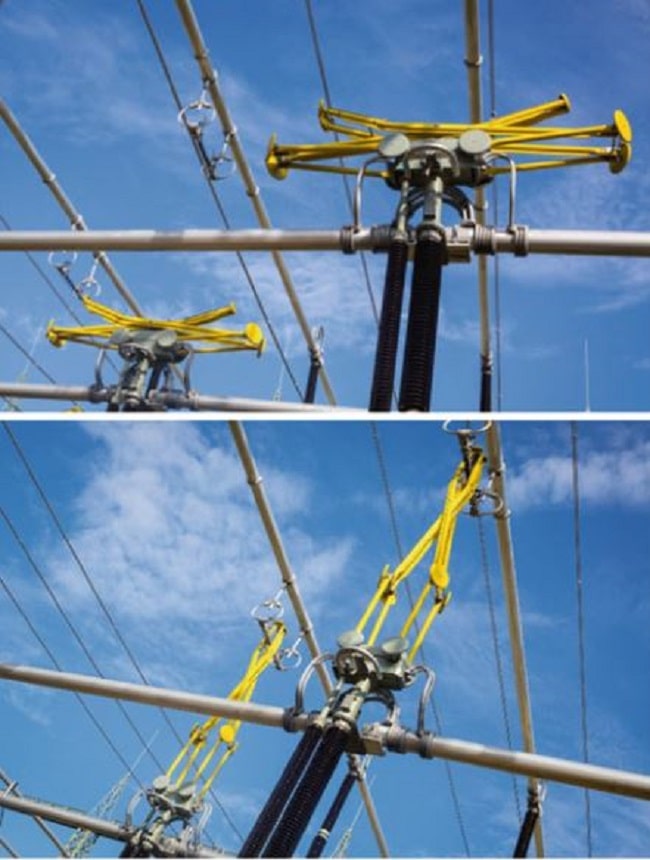
Figure 6: High voltage pantograph disconnector switch (made by Hapam B.V company)
A variation of the “full” high voltage pantograph disconnector switch is the semi-pantograph disconnector switch, also known as a vertical reach type, which incorporates only one-half of the scissors arrangement as shown in Fig. 7.
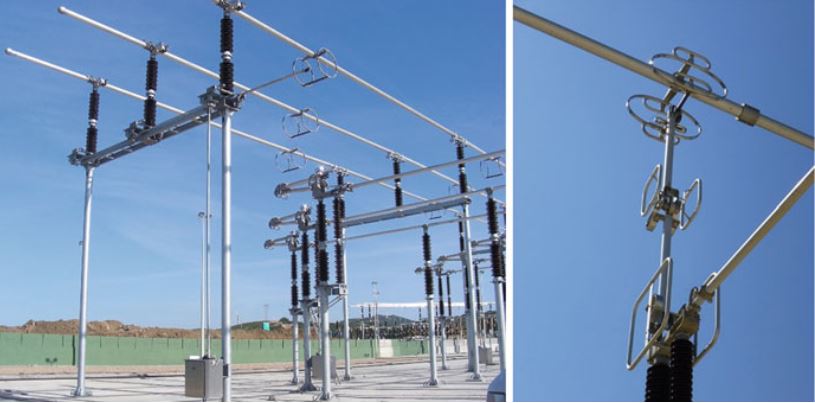
Figure 7: High voltage semi-pantograph disconnecting switch



